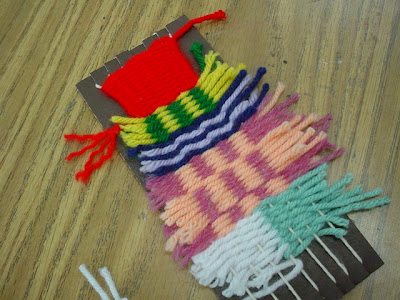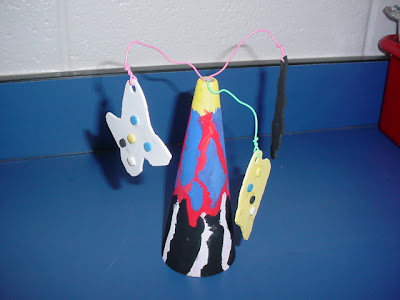Face jugs are a great way to learn different ways of manipulating clay and also a great tie-in to Georgia history. We start this lesson with a little history of face jugs, from their origination in Africa to the folk potters in the North Georgia mountains all the way to modern, current potters with more stylized faces. After looking at all the examples, students can select an "ugly jug" style, a stylized or celebrity face, or an animal face. Here's the step-by-step:
 |
| We begin by joining two pinch pots, then opening a hole at the top and carving away some parts |
 |
| We add coils and small slabs for the features, always remembering to score, slip, and seal |
 |
| Some added spouts and handles |
 |
| this set is drying in the clay closet, waiting for the first firing |
 |
| These pots have been fired in the kiln once and are ready for glazing |



















































